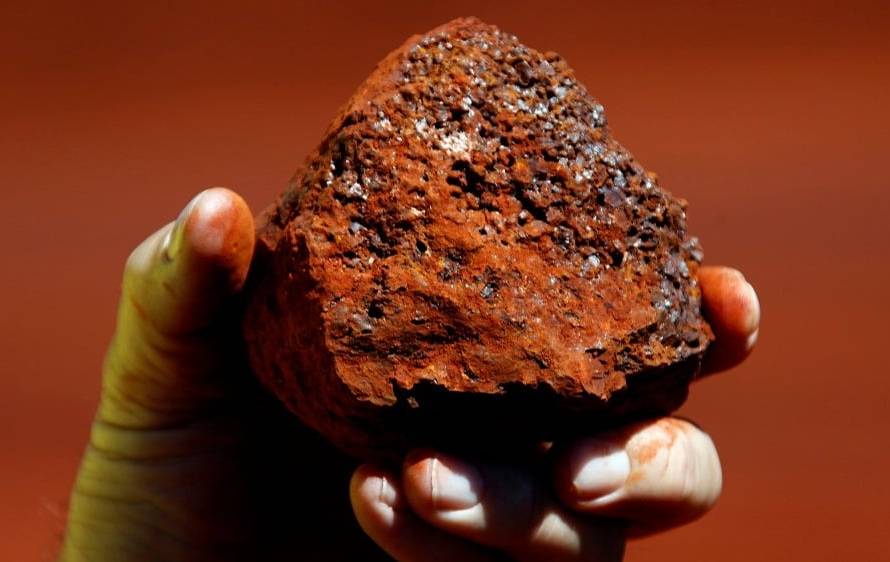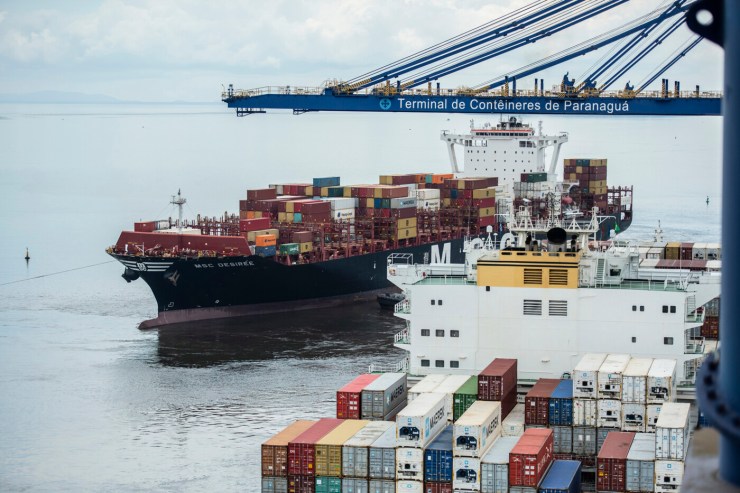The U.S. corn harvest is on track to be one of the largest in history, estimated at 400 million tons. The strong crop development and the prospect of an upward revision in yield, which will be updated by the U.S. Department of Agriculture (USDA) on the 12th, reinforce the competitiveness of American grain in the international market.
This scenario has reduced the market for Brazilian corn, whose shipments remain slow due to foreign competition and exchange rate volatility. According to analysts, sales in Brazil are at a standstill, with producers postponing deals due to price pressure and uncertainty about market behavior.

Photo: Freepik
The U.S. government has also boosted demand by announcing new trade agreements, including with Japan and the European Union. Although still in their early stages, such partnerships are likely to increase the flow of U.S. exports, which could mitigate the impact of record supply on Chicago Board of Trade (CBOT) prices.
In addition to the bumper North American harvest, other competitors are adding to the pressure: Argentina reduced its corn retentions from 12% to 9.3%, increasing its attractiveness, and Ukraine is projecting a good harvest. In Brazil, August shipments totaled approximately 4 million tons, bringing the total to 11 million tons for the year. Reaching the 42 million-ton target forecast for the February 2025-January 2026 commercial cycle will require a strong acceleration in exports in the coming months.
Meanwhile, Brazilian producers continue to sell slowly and cautiously. In states like Mato Grosso, there are reports of overflowing warehouses and silos, as well as corn stored outdoors, reflecting the large harvest. If the pace doesn't pick up, the country could end the cycle with carryover stocks even larger than projected for 2024/25.
Faced with abundant global supply and pressured prices, experts emphasize the need for risk management by Brazilian producers to avoid even more significant losses in the market.





